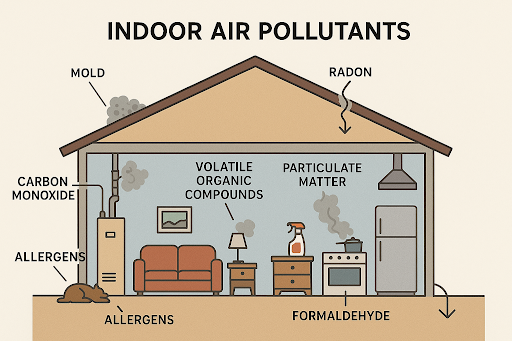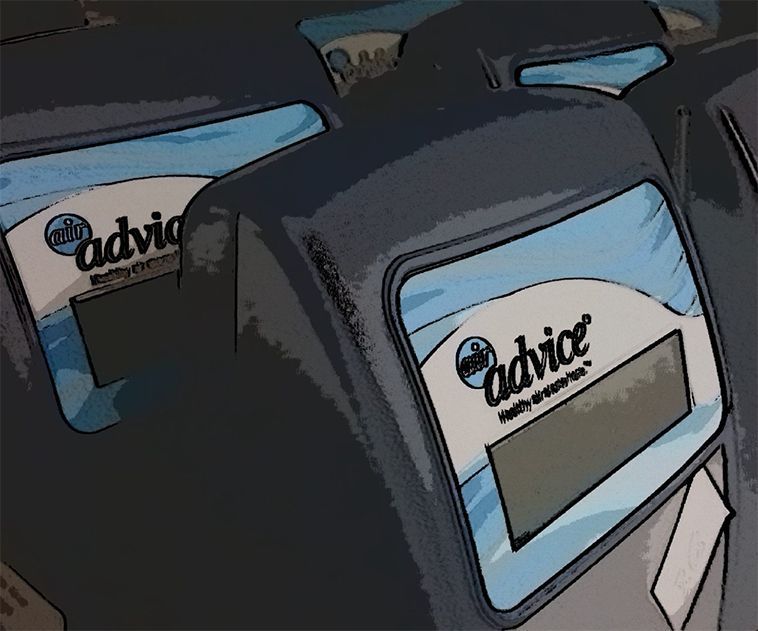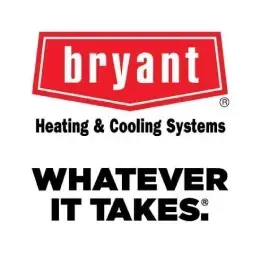A Superior Air Conditioning Company Your Local Choice For Indoor Air Quality Solutions in Santa Rosa Beach, FL


In today's fast-paced world, we often overlook a crucial aspect of our well-being, indoor air quality. With most people spending a significant amount of time indoors, the quality of the air we breathe inside our homes, offices, and schools can greatly impact our health. Improving indoor air quality is not just about comfort; it's about safeguarding our health.
Indoor air quality refers to the condition of the air within and around buildings and structures. This quality is determined by factors such as ventilation, the presence of pollutants, and humidity levels. Poor indoor air quality can lead to various health issues, including allergies, respiratory problems, and even chronic illnesses. At A Superior Air Conditioning Company, we understand the importance of clean indoor air, that’s why we're dedicated to helping Santa Rosa Beach, FL residents breathe easier, healthier air every day.
Common Indoor Pollutants
To tackle indoor air quality, we must first understand the common pollutants that affect it. These include:
- Dust and Dust Mites: Tiny particles that can trigger allergies and asthma.
- Mold and Mildew: Caused by excess moisture, they can cause respiratory issues.
- Volatile Organic Compounds (VOCs): Emitted by paints, cleaning products, and certain furnishings, they can cause headaches and eye irritation.
- Pet Dander: A common allergen for many people.
- Smoke: Tobacco smoke contains numerous harmful chemicals that affect lung health.
Understanding these pollutants can help you take proactive steps to improve air quality in your home.
The Benefits of Indoor Air Quality Testing
Testing the indoor air quality is a vital first step in identifying and addressing any air quality issues. You might wonder, "Where can I find indoor air quality testing near me?" . Many organizations in our area do not test with the proper equipment and make statements that only add band-aids. Here at A Superior Air Conditioning Company, we use the M5200 monitor to test for carbon dioxide, VOCs, carbon monoxide, and relative humidity.
Why Test Your Indoor Air Quality in Santa Rosa Beach, FL?
- Identify Hidden Problems: Some pollutants are not immediately obvious. Testing can reveal issues like mold or VOCs that you might not smell or see.
- Prevent Health Issues: Early detection of pollutants can prevent respiratory problems and allergic reactions.
- Improve Overall Health: Ensuring clean air can enhance sleep quality, boost the immune system, and even improve mood and concentration.
If you've been experiencing unexplained health issues or simply want peace of mind, consider reaching out to a professional for indoor air quality testing.
Air Purifiers: A Powerful Tool for Cleaner Air
Once you've identified the pollutants affecting your indoor air quality, the next step is to address them. Air purifiers are an effective solution for many common indoor pollutants.
How Do Air Purifiers Work?
Air purifiers work by drawing in air, filtering out harmful particles, and then releasing clean air back into the room. They often use HEPA filters, which are capable of capturing particles as small as 0.3 microns.
Benefits of Using Air Purifiers
- Reduce Allergens: Air purifiers can capture dust, pollen, and pet dander, which are common allergens.
- Eliminate Odors: They can help neutralize odors from cooking, pets, and smoke.
- Combat Mold and Bacteria: Some advanced purifiers have UV or ionic features that can kill mold spores and bacteria.
- Improve Sleep Quality: Cleaner air can lead to better sleep, especially for those with allergies or asthma.
By investing in a quality air purifier, you can significantly enhance the air quality in your home, creating a healthier living environment for you and your family.
Practical Steps to Improve Indoor Air Quality
Improving indoor air quality involves more than just testing and purifying; it's about adopting lifestyle changes and habits that promote clean air.
Ventilate Your Home
- Open Windows: Regularly opening windows allows fresh air to circulate and reduces indoor pollutants.
- Use Exhaust Fans: In kitchens and bathrooms, exhaust fans can help remove moisture and odors.
Maintain Cleanliness
- Regular Cleaning: Dust and vacuum frequently to reduce allergens and dust mites.
- Wash Bedding: Change and wash bedding regularly to minimize dust mites.
- Control Humidity: Use dehumidifiers in damp areas to prevent mold growth.
- Choose Low-VOC Products
- Paints and Finishes: Opt for low-VOC paints and finishes to reduce harmful emissions.
- Cleaning Products: Use natural or eco-friendly cleaning products to limit chemical exposure.
- Manage Pet Dander
- Groom Pets Regularly: Regular grooming can help reduce the amount of dander in your home.
- Create Pet-Free Zones: Designate certain areas of your home as pet-free to minimize exposure.
A Breath of Fresh Air
Improving indoor air quality is a crucial step toward a healthier lifestyle. By understanding the pollutants, testing your indoor air, using air purifiers, and adopting healthy habits, you can create a safe and comfortable environment for yourself and your loved ones. Remember, indoor air quality is not just a matter of comfort but a vital aspect of health. With the right steps and tools, you can ensure that the air you breathe indoors is as clean and pure as possible. Breathe easier starting today, trust the indoor air quality experts at A Superior Air Conditioning Company in Santa Rosa Beach, FL. Your lungs, your health, and your peace of mind deserve it. Call us now to schedule your indoor air quality consultation!
A Superior Air Conditioning Company Blog





